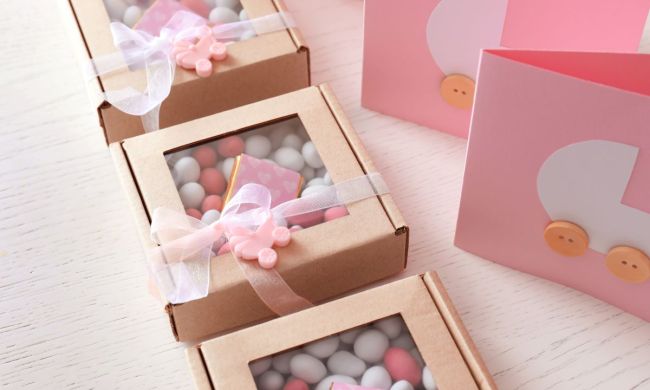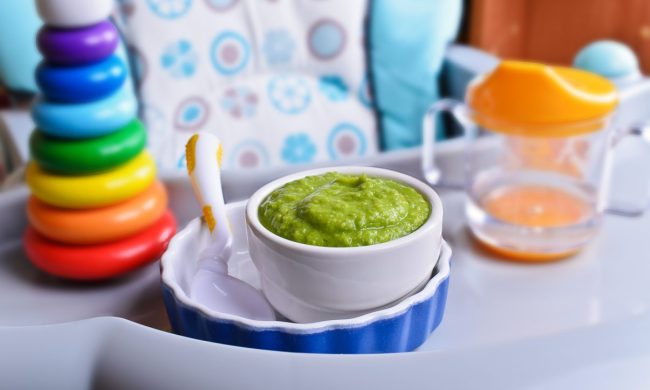Pumping and storing breast milk gives you the flexibility to feed your baby quality, customized nutrition even when you can’t breastfeed. Breast milk storage is one of the first things new parents work out when they’re expecting because the benefits of breast milk are so clear.
Practically, storing breast milk day-to-day can be a challenge if you’re a working parent, travel, or have a nontraditional work and home life. Breastfeeding may be the best and the most convenient way to feed your child when you’re at home, but here are the best ways to store breast milk when that isn’t possible.
Breast milk storage: The basics
Storing breast milk in different circumstances requires a foundation in storage basics. Here’s what you need to know.
Temperature
Breast milk is good at room temperature for up to four hours, so if you’re pumping and plan to feed your baby within that window, it’s best to leave it at room temperature (up to 77 degrees). You won’t worry about your baby rejecting cold milk or experiencing painful scalding after reheating.

Breast milk keeps in the refrigerator for up to four days, provided your refrigerator is at least 40 degrees or colder. Be sure to store milk in the back of the fridge to reduce temperature fluctuations.
You can store breast milk in your freezer, provided the temperature is 0 degrees or colder. Milk is typically safe for six to 12 months, although it’s best at a cap of six months. Store milk in the back of the freezer for fewer temperature fluctuations.
Storage Materials
Glass is almost always a safe choice for storing breast milk because its materials don’t leach into the milk itself or react to change the taste or composition of the milk itself. Glass is an excellent option for fridge-storage but may be impractical for long-term storage.
Plastic is a better option, but you can’t use just any plastic. Avoid any plastics labeled “7” because of BPA risks, and choose only breast milk storage bags explicitly designed for human milk use.
Storing breast milk at work
Working parents will need a place to store breast milk temporarily for work. To store it safely and be able to bring it home, here’s what you need to do.
Available Refrigerator
It’s perfectly fine to store your breast milk in the work refrigerator if that’s available to you. Check to see that the fridge is set to 40 degrees or less and monitor that those settings don’t change.
Use glass bottles for the best result or bottles designed specifically for human milk. Put the milk in the back of the fridge, never the door, so that temperature fluctuations don’t affect the milk. If you work in a large office, this is especially important because the door will be opened a lot.

No Available Fridge
If you don’t have a refrigerator or you aren’t able to access it for your breast milk, you can choose a travel solution. Many breast pumps come with storage bags designed to fit breast milk bottles with an ice pack that fits around them.
Breast milk is good for up to 24 hours with a full ice pack. Ensure that the ice pack sits between the bottles and not under or on top of them to help spread the temperature evenly. Avoid opening case unless you have to and never leave it unzipped.
Storing breast milk for travel
A sound travel system for storing your breast milk is key to making this work. Choose small bottles, such as the 4 to 6-ounce options, so there is less air between the milk and the seal.

Choose a freezer pack with curved edges designed to fit around your bottles, such as one offered by Medela. This design keeps your temperature consistent along the body of the bottle. Place the bag in a shaded spot in your car or room and cover the bag with a towel to help seal in the temperature and prevent accidental sun exposure.
Storing milk for long-term use
Long-term storage requires an organized system. You’ll need freezer bags designed specifically to store human milk and ones that have a clear labeling system on the front. Safe, plastic freezer bags are your best choice here.
When you pump and seal the bags, write the date you pumped on the bag so that you always know which bags to use first. Glass may not allow you to write directly on it, and labels could come off under freezer conditions.
Place breast milk in the back of the freezer to minimize temperature disruptions. Use a container to stand up breast milk bags so that it’s easy to see labels and to prevent pressure on the bags. Place your newest bags behind already frozen bags so that you use the oldest bags first.
Breast milk storage: A quick look
Here is a list of the materials you’ll need to cover a variety of situations:
- Glass bottles – Look for smaller bottles such as 4 to 6 ounces to reduce air between the milk and the cover. Glass is nonreactive and almost always a safe choice.
- Breast-milk-grade plastic bottles – Many pumps come with safe plastic bottles that attach to the pump itself. These are best for short-term, fridge storage.
- Breast-milk-grade freezer bags – For long-term storage, freezer bags are convenient and safe, and they stack nicely. They eliminate air that can cause freezer issues and separation.
- Freezer container – To keep bags upright in your freezer, a simple plastic container is a good choice. Choose one that fits into the dimensions of your freezer.
- Rotating Fridge Container – Medela makes a U-shaped container that ensures the oldest bottle of pumped milk is always in the front. This setup could help sleepy and overwhelmed parents always grab the right bottle.
Storing breast milk safely
The biggest thing to remember is always to have a plan. Ensure that you label each bag with the date, have the right storage container, and move the oldest bags to the front.
With just a few materials, you can set up a storage solution that works for you and doesn’t require anything complicated. You’ll be able to feed your baby safely and avoid the heartbreak of ruined breast milk.


